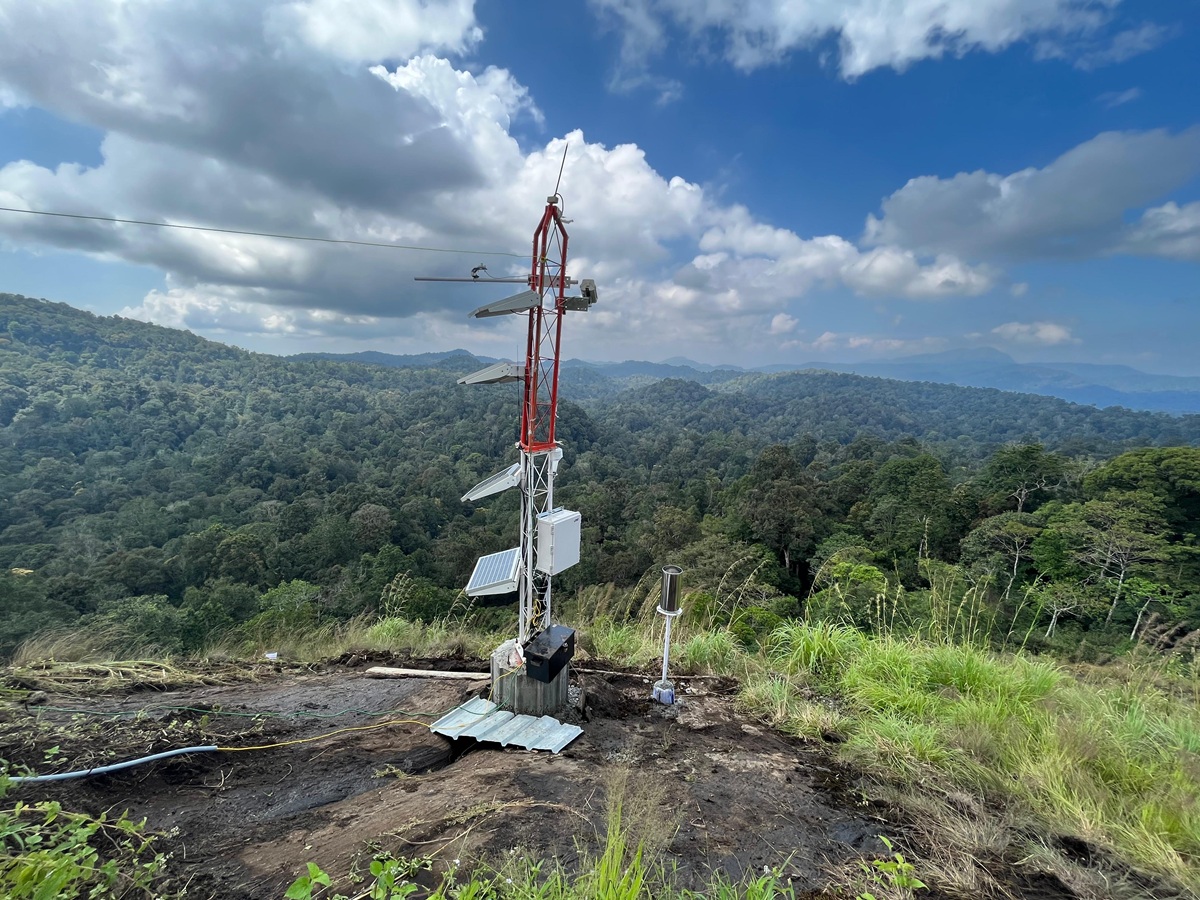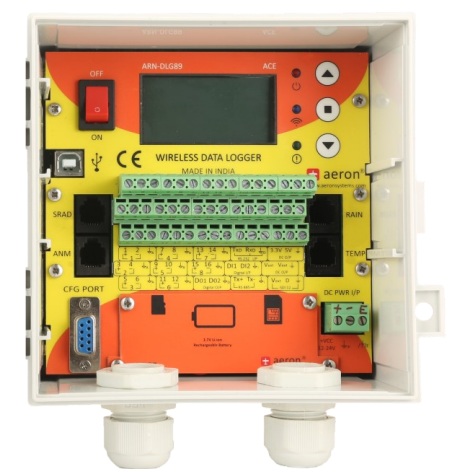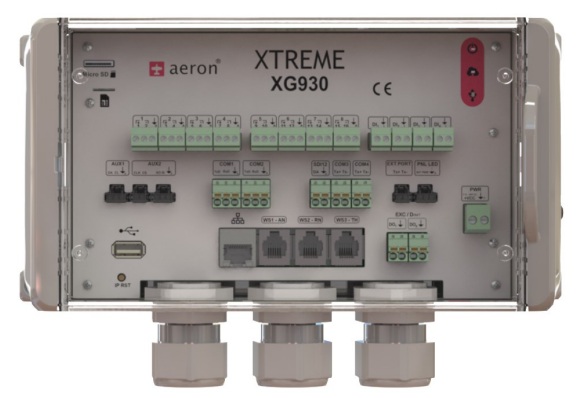Automatic Weather Stations Monitoring
UTNT offers advanced AWS solutions that provide accurate, real-time weather data for a wide range of applications, including agriculture, environmental monitoring, urban planning, and disaster management. Our systems are designed for easy installation, reliable performance, and seamless integration with cloud platforms for remote monitoring and data analysis.

Automatic Weather Stations with UTNT
Automatic Weather Stations play a crucial role in weather monitoring by providing accurate and timely data that can be used for forecasting, environmental assessments, and decision-making. AWS are particularly valuable for monitoring conditions in remote or hard-to-reach locations, where human presence is limited or impractical.
Since ancient times, monitoring of weather has been an important task for deciding daily basis activities or moving out using manual measurement methods. Since the technology has advanced there have been continuous upgradations and improvements in the methods for monitoring environmental parameters. These upgraded, electronically connected to work as a single-unit, these systems have been named Automatic Weather Stations or Automated Weather Monitoring Systems.

Key Parameters Tracked
- Temperature:
- Measures both air and soil temperature, essential for weather forecasting and agricultural planning.
- Humidity:
- Monitors relative humidity levels, which are vital for predicting weather patterns, crop management, and comfort levels.
- Wind Speed and Direction:
- Tracks wind speed and direction, important for weather forecasting, aviation, and energy generation (wind turbines).
- Barometric Pressure:
- Measures atmospheric pressure to predict weather changes and storms.
- Precipitation:
- Measures rainfall, snowfall, or other forms of precipitation to monitor water resources, forecast weather, and track climate changes.
- Solar Radiation:
- Measures the amount of solar radiation reaching the earth’s surface, useful for renewable energy applications and understanding local climate.
- Soil Moisture:
- Measures the amount of water in the soil, important for agriculture and drought monitoring.
- Soil Temperature:
- Monitors soil temperature, critical for crop growth, planting schedules, and agricultural research.
- Air Quality:
- Measures pollutants such as CO2, NOx, and particulate matter (PM), which are vital for environmental health assessments.
- Rain gauge
Along with an accurate, field grade, and reliable Data acquisition system with communication options. Which can compute the parameters like:
- Dew Point
- Evapotranspiration (ET)
- Sunshine Hours
- Solar Energy
- Wind Chill
- Wind Gust
- Wind Rose
Key Features
- Real-Time Data Collection:
- AWS systems collect real-time data on various weather parameters, which can be accessed remotely via cloud platforms or local databases.
- High-Accuracy Sensors:
- Equipped with advanced, calibrated sensors for precise measurement of temperature, humidity, wind speed, pressure, and other atmospheric variables.
- Remote Monitoring and Alerts:
- Users can remotely monitor weather data through a user-friendly interface and receive automated alerts for extreme weather conditions like storms, heat waves, or heavy rainfall.
- Scalable and Customizable:
- Our AWS systems can be customized to track specific parameters based on the application, from agriculture to disaster management, and scaled to cover multiple locations.
- Integrated Data Management:
- Collected data is automatically stored in secure cloud platforms or local databases, where it can be analyzed and visualized for decision-making.
- Low Power Consumption:
- Designed to operate efficiently with low power consumption, making AWS ideal for use in remote or off-grid locations.
- Weather Forecasting Integration:
- Integrates seamlessly with advanced weather forecasting models, providing input data that enhances weather prediction accuracy.
- Durability and Weather Resistance:
- Built to withstand harsh weather conditions, ensuring long-term reliability and low maintenance.
Benefits
- Accurate and Timely Weather Data:
- AWS provides precise, real-time weather data that helps in decision-making for weather forecasting, agriculture, disaster management, and research.
- Enhanced Agricultural Planning:
- By monitoring temperature, humidity, soil moisture, and rainfall, AWS supports crop management, irrigation scheduling, and pest control, leading to improved yield and resource efficiency.
- Disaster Preparedness and Management:
- AWS systems help monitor weather events like storms, floods, and droughts, enabling timely alerts and mitigating the impact of natural disasters.
- Improved Climate Research:
- Continuous weather data collection supports climate studies, allowing researchers to analyze trends, patterns, and anomalies over time.
- Energy Optimization:
- Data on solar radiation and wind speed can be used to optimize energy production from renewable sources such as solar panels and wind turbines.
- Environmental Protection:
- Monitoring air quality and weather patterns helps in assessing environmental health, ensuring that pollution levels remain within safe limits.
- Cost-Effective and Efficient Monitoring:
- AWS systems are cost-effective and require minimal human intervention, reducing the need for manual data collection and lowering operational costs.
- Real-Time Decision Making:
- The real-time data provided by AWS enables businesses, governments, and researchers to make informed decisions quickly, enhancing operational efficiency and safety.
Our Products
Technical specifications



